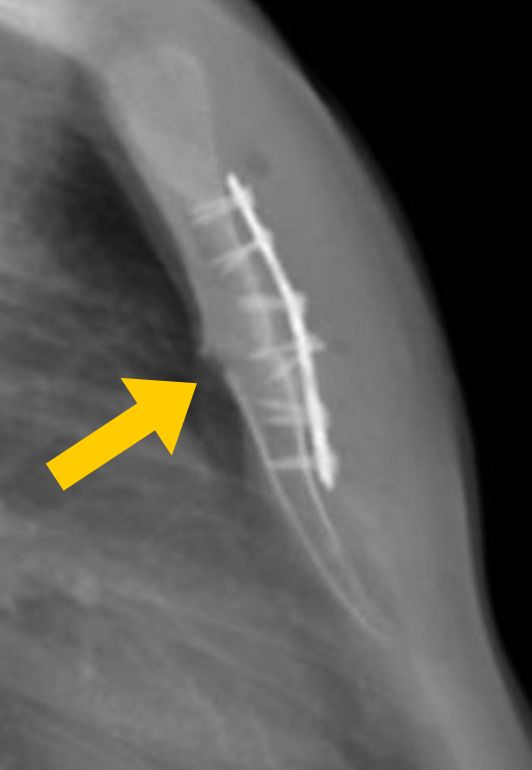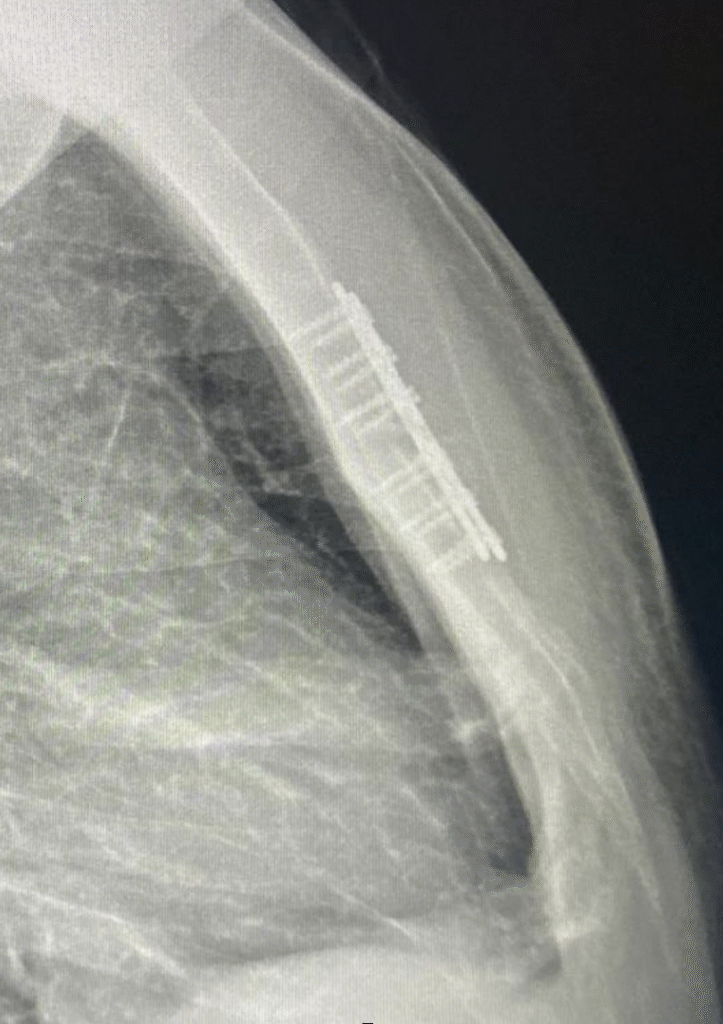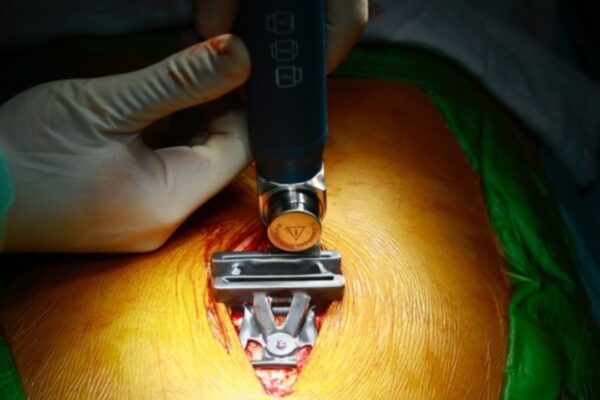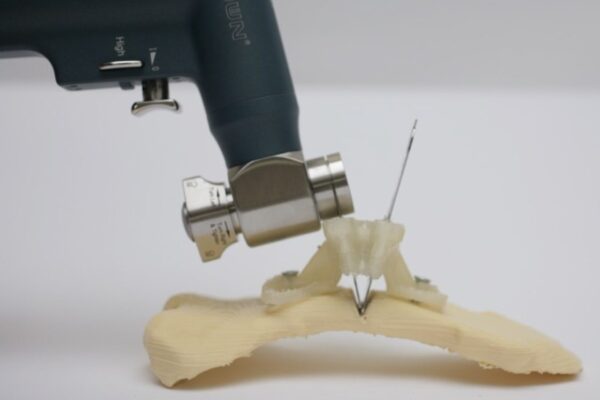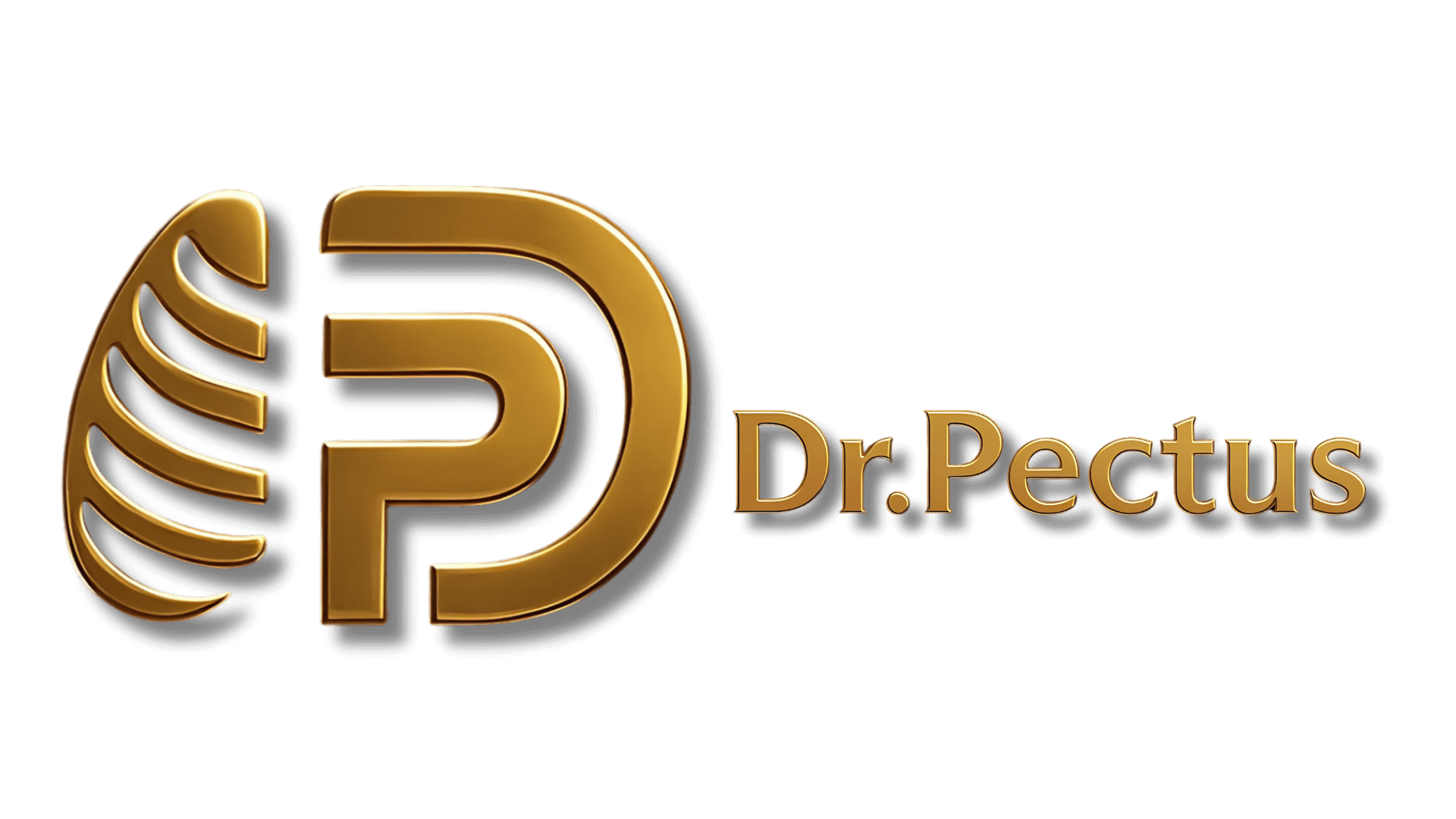The pre- and post-operative images of a patient, whose deformity was corrected with the Ravitch procedure

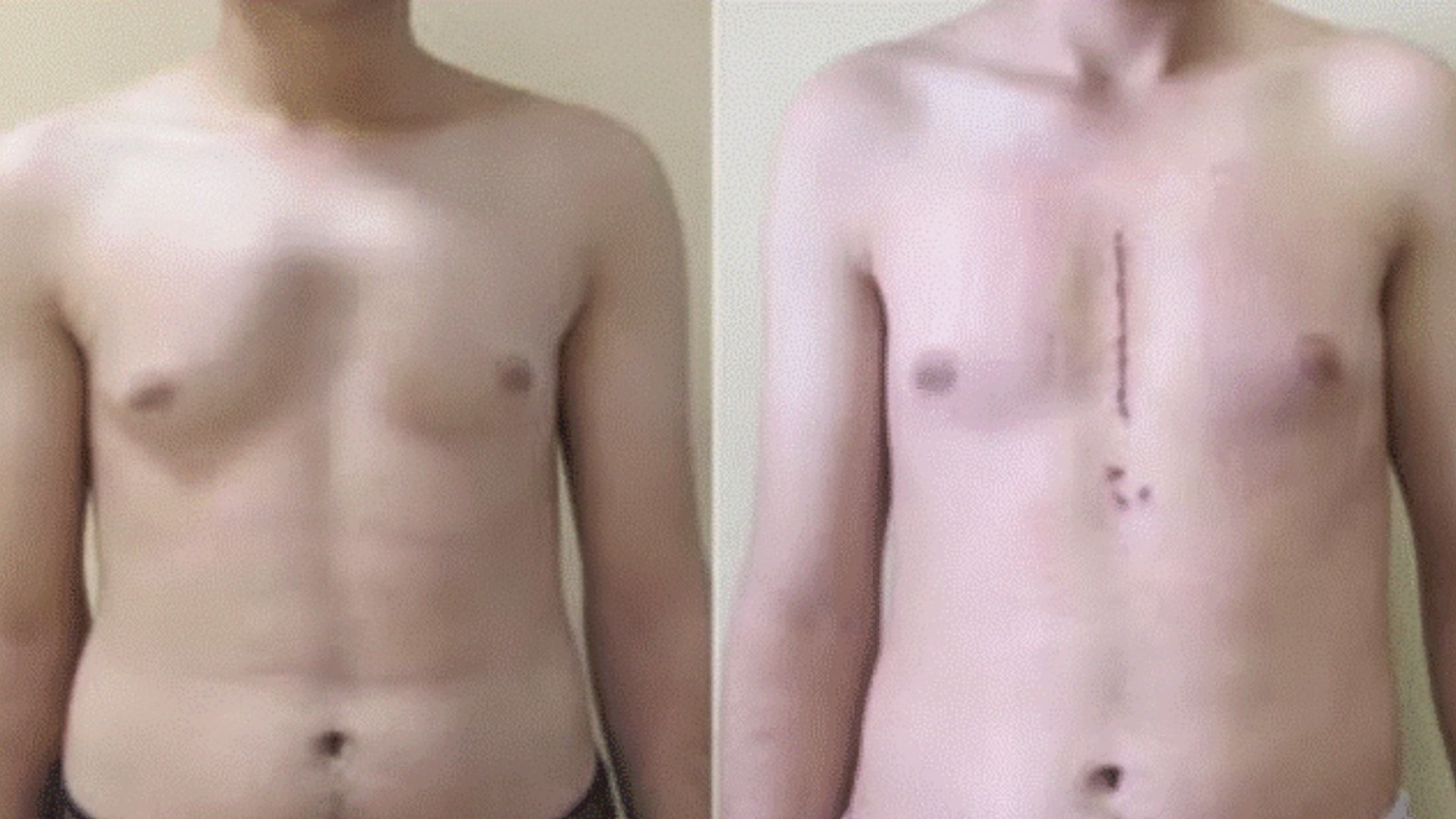
What is the Ravitch Procedure?
The Ravitch procedure is a classic and well-established surgical technique used to correct chest wall deformities. It is a type of surgery that can be used in the treatment of both pectus excavatum and pectus carinatum, as well as in pectus arcuatum and asymmetric deformities. In this operation, the irregular cartilage segments of the sternum and ribs are removed, the sternum is repositioned, and stabilized with support materials when needed.
Who Is It Suitable For?

Severe pectus carinatum.

Pectus Arcuatum

Asymmetric chest wall deformities.

Patients not suitable for minimally invasive techniques

Patients who previously underwent surgery and require revision
How the Surgery Is Performed
- Anesthesia: Performed under general anesthesia
- Incision: Vertical midline incision in males; in females, a transverse incision hidden under the breast fold may be preferred
- Technique: Irregular cartilages are removed, a wedge osteotomy is performed on the sternum, and the bone is fixed in the corrected position
- Duration: On average 2–3 hours
- Hospital stay: 3–5 days
- Recovery: Return to daily life within 2–3 weeks; sports and heavy activities after 4–6 weeks with surgeon approval


Our Difference: From Classic to Future
While the Ravitch procedure is effective, two factors are absolutely critical:
- Accurate calculation of the sternum’s cutting angle → If the angle is wrong, the chest may be undercorrected or overcorrected, leading to poor results.
- Preservation of the posterior table → The posterior table is the back side of the sternum, directly adjacent to the heart and great vessels. If it fractures, it can cause life-threatening injuries to the heart and vessels. Even if no vital organ is injured, the sternum will not heal solidly. Instead, it will remain unstable, moving and “clicking” with every breath or movement, creating lifelong problems for the patient.
Posterior Table Fracture vs. Guide-Assisted Surgery
First Image (→ marked area): Posterior table fracture. Even if the heart and great vessels are not injured, the sternum will never heal firmly. It will remain unstable, “clicking” with every movement, causing lifelong problems.
Second Image: Operation performed with our patient-specific 3D surgical guide. The posterior table is preserved, the sternum heals solidly, and the patient achieves a safe, permanent correction.
The arrow highlights exactly why our guide technology makes a life-long difference.
World’s First: Patient-Specific 3D Surgical Guide
To eliminate these risks, we have developed and are currently applying the world’s first patient-specific 3D surgical guide for Ravitch surgery.
- Tailor-made: Designed from your own CT scans, created uniquely for you

- Guaranteed correct angle: The guide directs the saw only along the pre-planned wedge angle, eliminating the risk of under- or overcorrection
- Depth control: The saw cuts only the front two-thirds of the sternum; it physically cannot reach the posterior table, keeping the heart and vessels safe
-
Faster recovery: A clean, precise, and anatomically correct cut allows smooth bone healing and faster rehabilitation
-
Bloodless and clear view: Built-in suction channels remove bone dust and blood, ensuring constant surgical visibility

Scientific Background
- In 2014, together with my late mentor Ahmet Önen, we published the Onen Procedure, a modification of the Ravitch technique.
- Between 2017–2021, we analyzed pioneering works by Carfagni, Servi, and Leng and identified their limitations.
- In 2025, we introduced a generative-design based 3D surgical guide, making wedge osteotomy safer and more predictable.
- We are the first to successfully apply this technique in a real clinical case, and we presented our results as an oral presentation at CWIG 2025 in Japan.
What Does This Mean for Patients?
- No more fear of “What if the correction is wrong?”
- No more anxiety of “Could my heart be harmed?”
- A safer operation with faster and more reliable recovery
Personalized Care, Just for You
Every chest wall is as unique as a fingerprint. Our philosophy is the same: personalized planning, personalized surgical guide, personalized results.
In Summary:
We take the classic Ravitch procedure to the next level with our patient-specific 3D surgical guide. This innovation guarantees not only improved appearance, but also safety, permanence, and quality of life.


